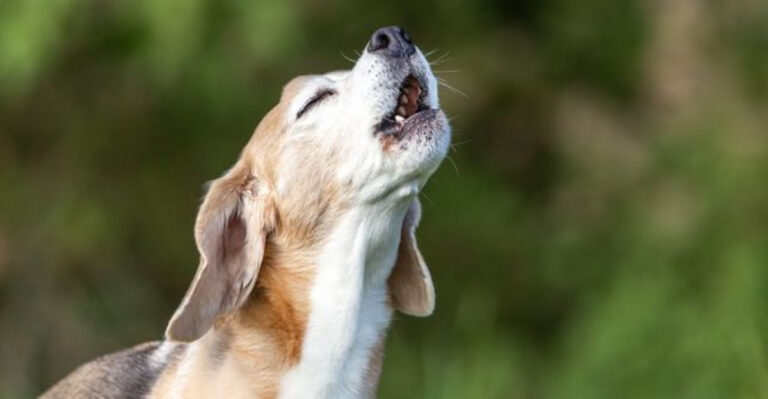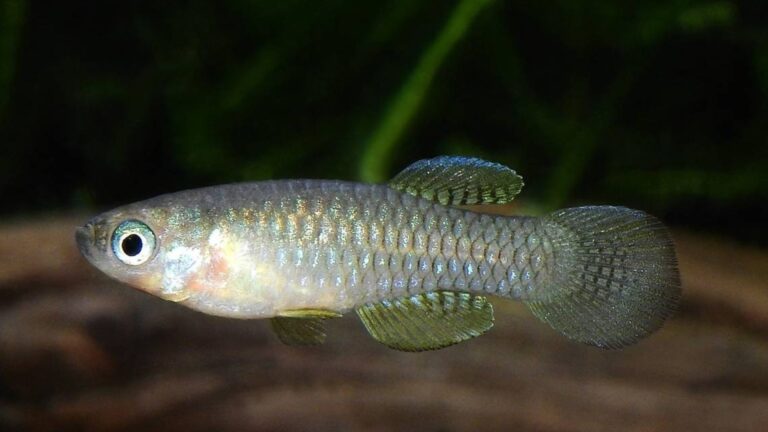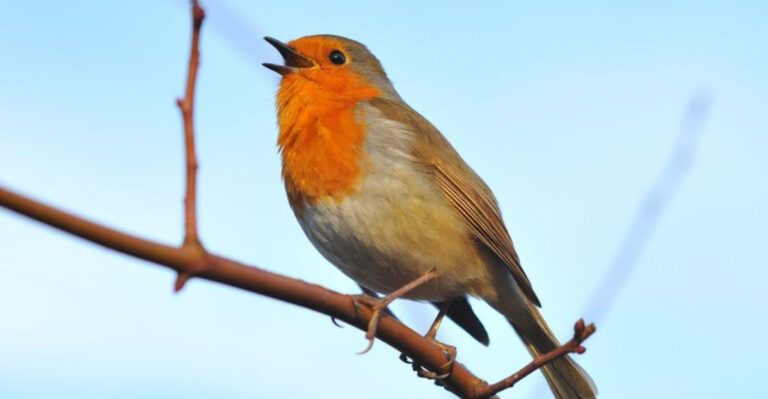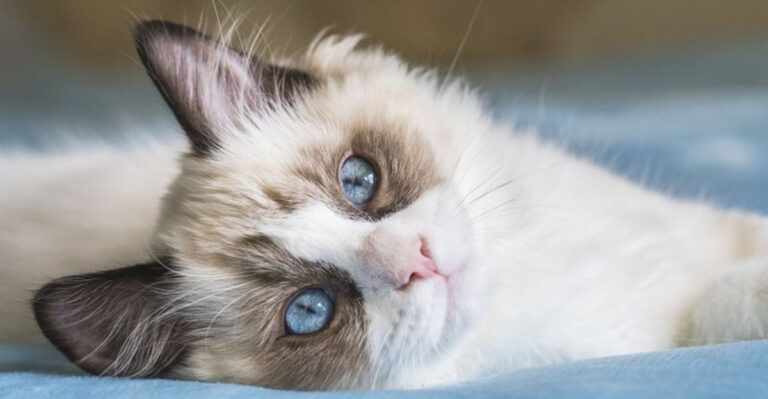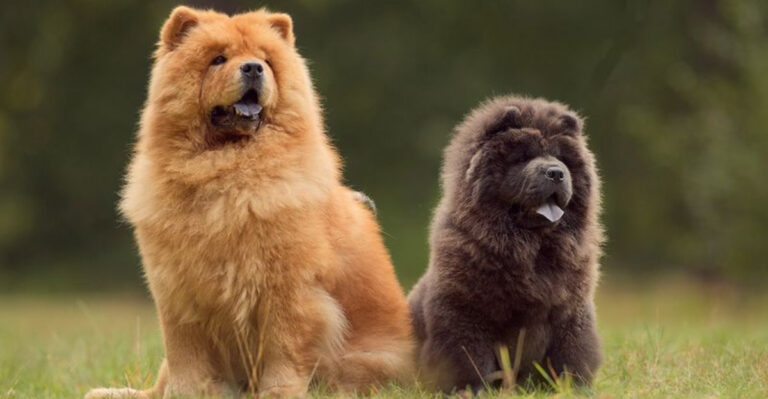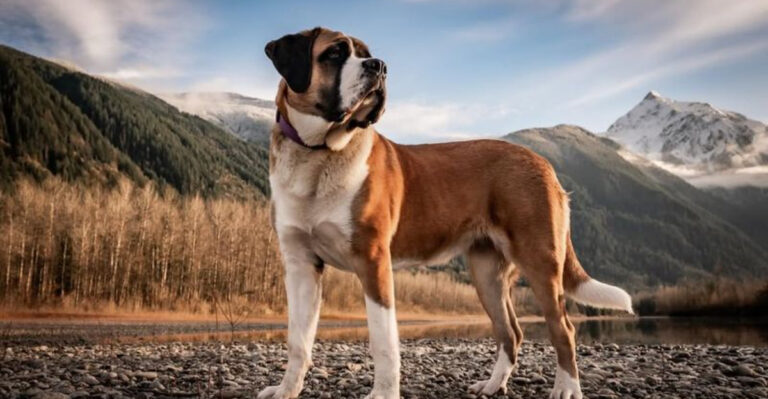14 Birds You Used To See That Are Disappearing (And Why)
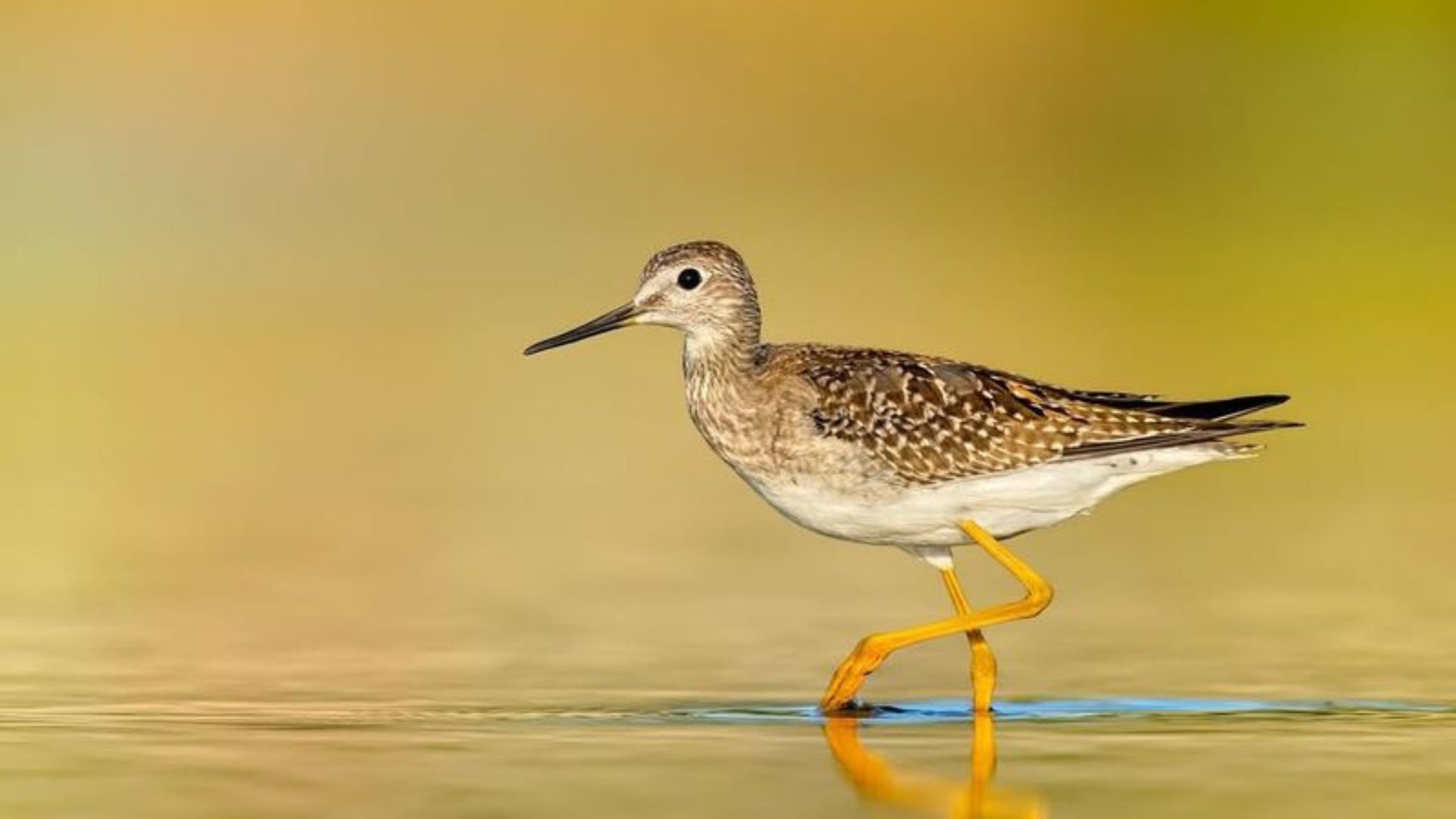
Birds have always been a symbol of freedom and beauty, fluttering across our skies and filling the air with their songs.
However, many of these avian wonders are now fading from sight. Let’s take a look at some bird species you used to see that are disappearing, and uncover the reasons behind their decline.
From habitat loss to climate change, these factors are reshaping the world for our feathered friends.
1. Northern Bobwhite
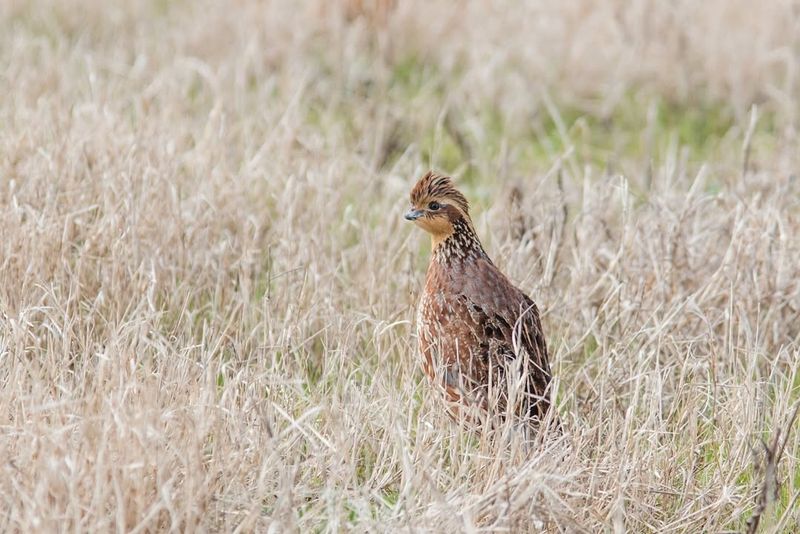
The Northern Bobwhite, known for its cheerful calls echoing across the meadows, is fading from the landscape. Once common in grasslands and agricultural fields, this bird is facing a decline due to habitat loss.
Modern farming practices have reduced the grassy borders they depend on for nesting and food. Additionally, pesticide use has diminished insect populations, which are vital for their diet.
Restoring native habitats and promoting biodiversity-friendly farming aim to help these charming birds thrive once more.
2. Barn Swallow
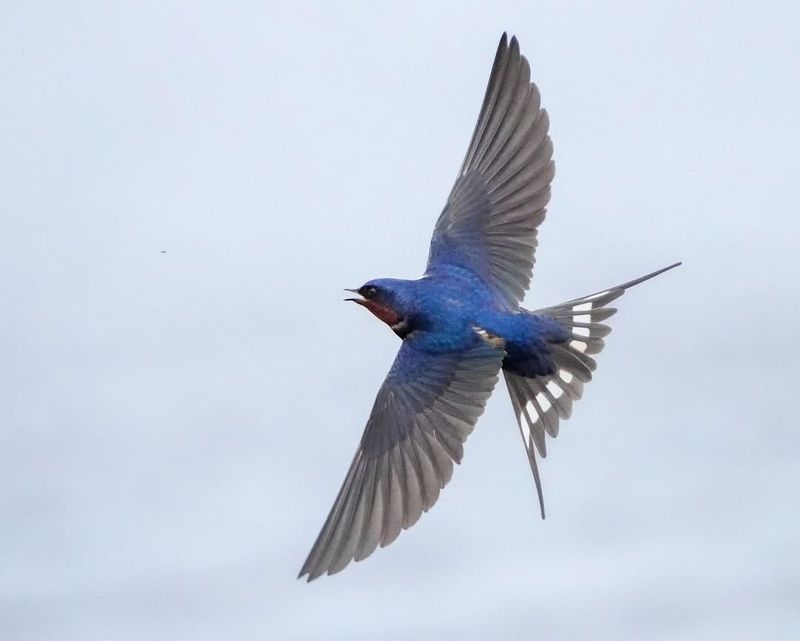
With their cobalt blue wings and cheerful twittering, Barn Swallows bring joy as they swoop across open fields and barns. However, changes in farming practices have impacted their nesting sites.
With fewer old barns for nesting and pesticide-driven insect declines, these birds face shrinking habitats and food shortages.
By preserving older buildings and minimizing pesticide use, we can support their survival. Creating artificial nesting sites can also offer a helping hand to these agile fliers.
3. Eastern Meadowlark
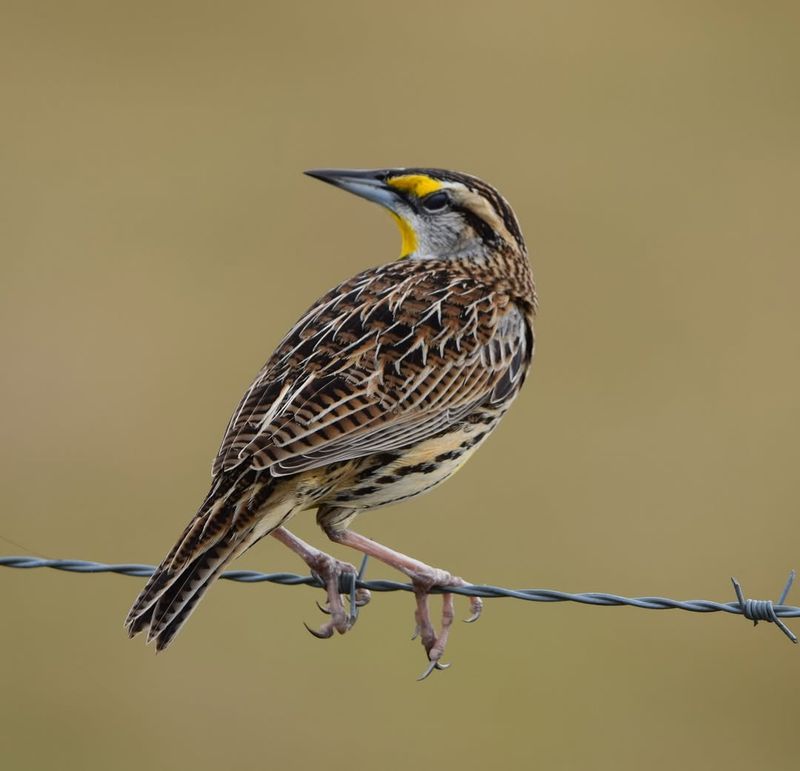
The Eastern Meadowlark, with its melodious song and vibrant yellow chest, is a sight to behold in open fields. Yet, agricultural expansion and urban development are reducing its habitat.
Grasslands, their preferred environment, are disappearing rapidly, leaving fewer places for them to thrive. The use of pesticides has also led to a decline in their insect prey.
Efforts to preserve and restore grasslands can aid in halting their decline, allowing future generations to enjoy their enchanting songs and presence.
4. Common Cuckoo
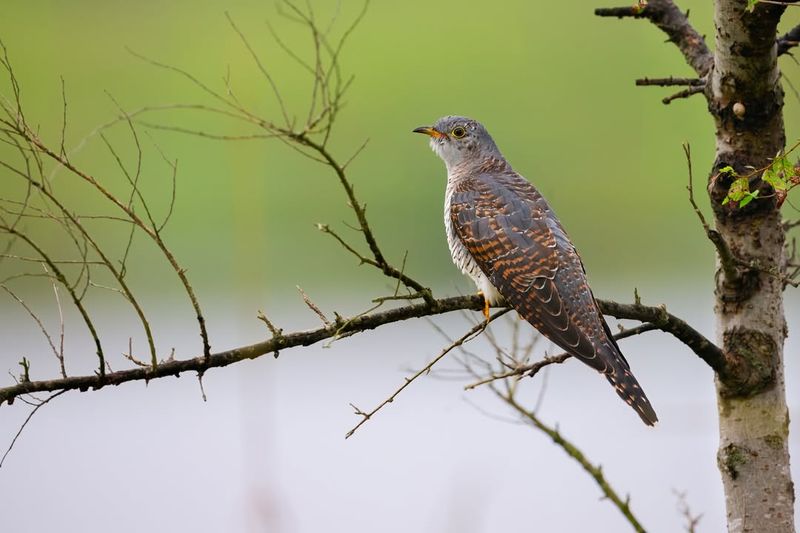
Increasingly rare, the Common Cuckoo is known for its distinctive call and brood parasitism, but habitat destruction and climate change have disrupted its migration and breeding success.
Forests and farmlands, once its thriving grounds, are vanishing. These changes disrupt the delicate balance required for their reproductive strategy.
Conservation initiatives aim to protect their habitats and study migration routes. Understanding these shifts can help ensure the cuckoo’s return to our landscapes.
5. Horned Lark
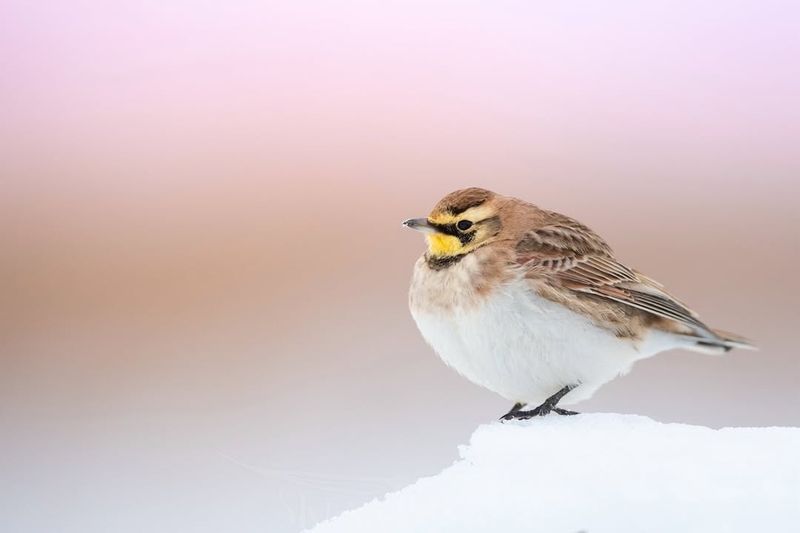
Horned Larks, with their tiny “horns” and melodic flight songs, are elegant denizens of open landscapes. However, their numbers are dwindling due to habitat alteration.
Development and agricultural expansion compromise the open spaces these birds need. Additionally, changes in climate affect their breeding and foraging opportunities.
Restoring open habitats and managing land use can provide the Horned Lark with the space it needs to thrive once more.
6. Whip-Poor-Will
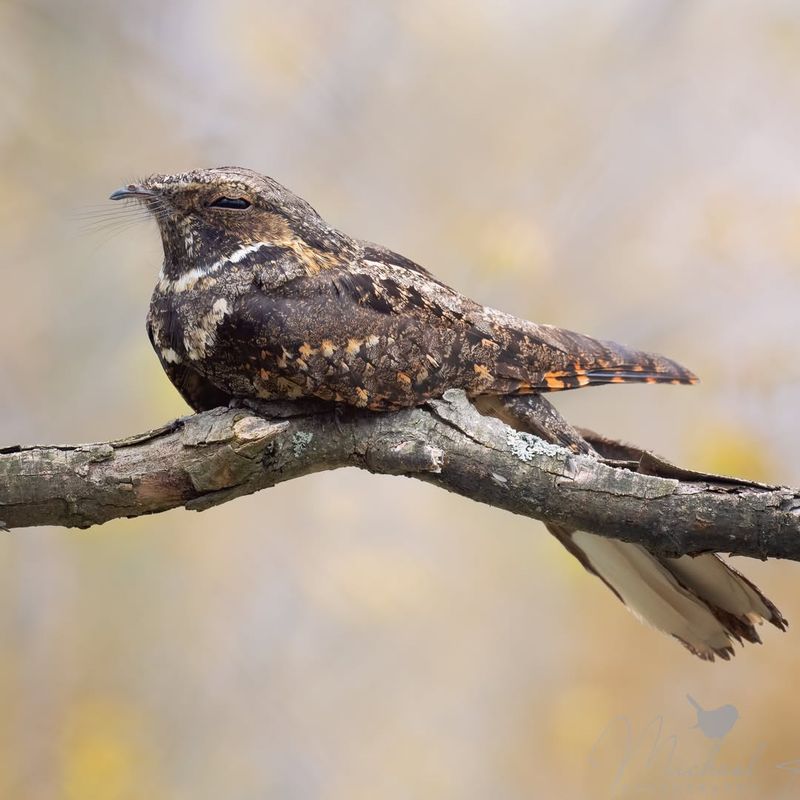
The mysterious Whip-poor-will, known for its haunting nocturnal calls, is becoming scarce. Its decline is attributed to habitat loss and light pollution.
Forests where they nest are being cleared, and artificial lights disrupt their natural behaviors. This nocturnal bird’s reliance on camouflage makes it vulnerable when habitats change.
Conservation efforts focus on protecting forested areas and reducing light pollution, offering hope for this elusive bird’s future.
7. American Woodcock
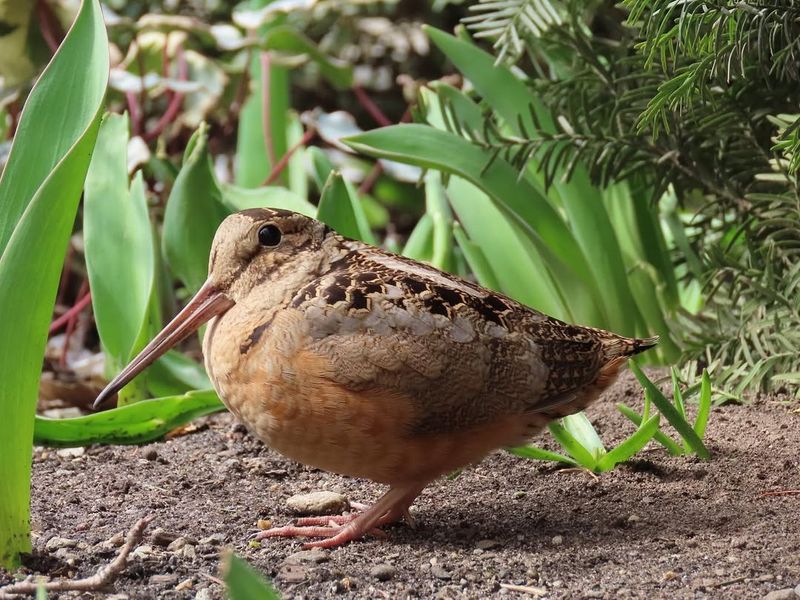
The American Woodcock, celebrated for its springtime “sky dance,” is facing challenges. Urbanization and wetland drainage threaten its breeding grounds and foraging areas.
These birds rely on moist, wooded areas, now scarce due to human activities. Their unique courtship display is at risk as their habitats shrink.
Protecting and restoring wetlands and woodlands can support their populations, ensuring the continuation of their mesmerizing dances.
8. Cerulean Warbler
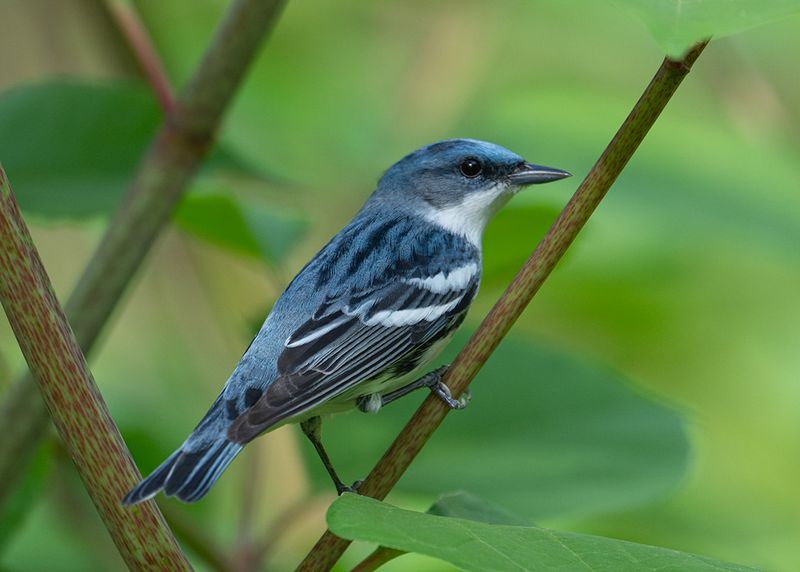
Cerulean Warblers, with their striking blue hue, are disappearing due to habitat fragmentation. These small songbirds thrive in mature deciduous forests, which are under threat.
Logging and land conversion are primary culprits, splitting their habitats into isolated patches. This fragmentation affects their breeding and survival.
Promoting sustainable forestry and conserving large forested tracts are crucial steps to protect these vibrant singers.
9. Pine Siskin
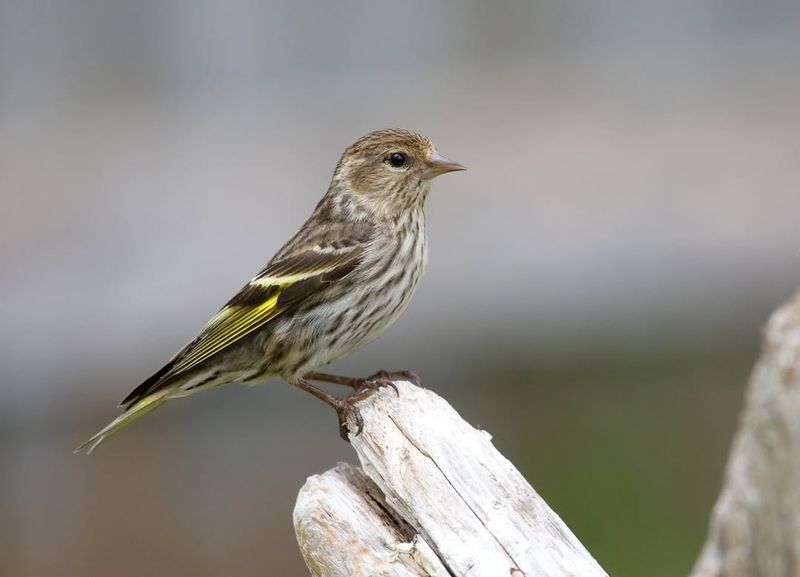
Experiencing population fluctuations linked to climate change, Pine Siskins are often seen flitting around bird feeders.
These finches are nomadic, following food sources like seeds. Warmer winters disrupt their migratory patterns, leading to resource competition and stress.
Providing diverse native plants in gardens can offer food stability and support these charming visitors throughout the year.
10. Purple Martin
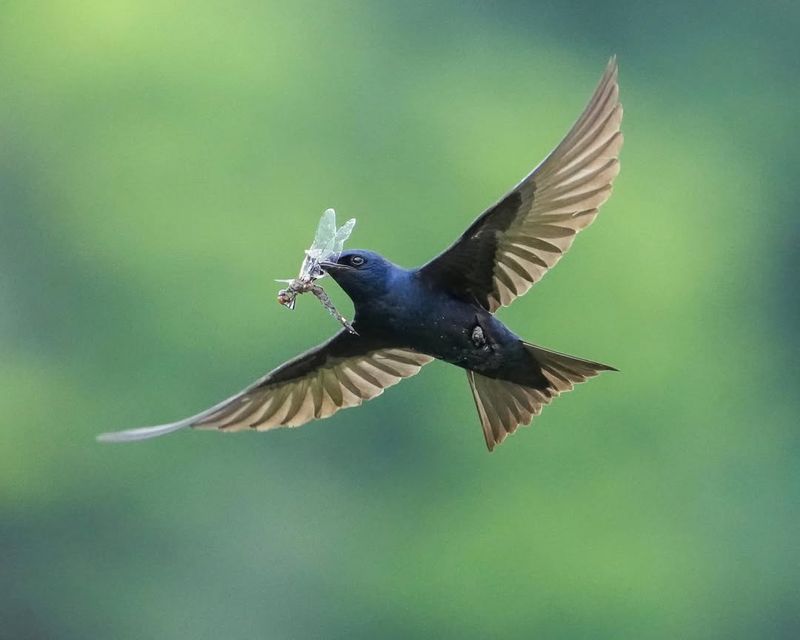
The aerial acrobatics of Purple Martins are becoming a rare spectacle. These large swallows face challenges from habitat loss and competition for nesting sites.
Modern building designs lack the nooks they use for nesting, and invasive species often take over available spots. Their diet of flying insects is also affected by pesticide use.
Installing martin houses and supporting insect populations can help these graceful birds continue their high-flying antics.
11. Rusty Blackbird
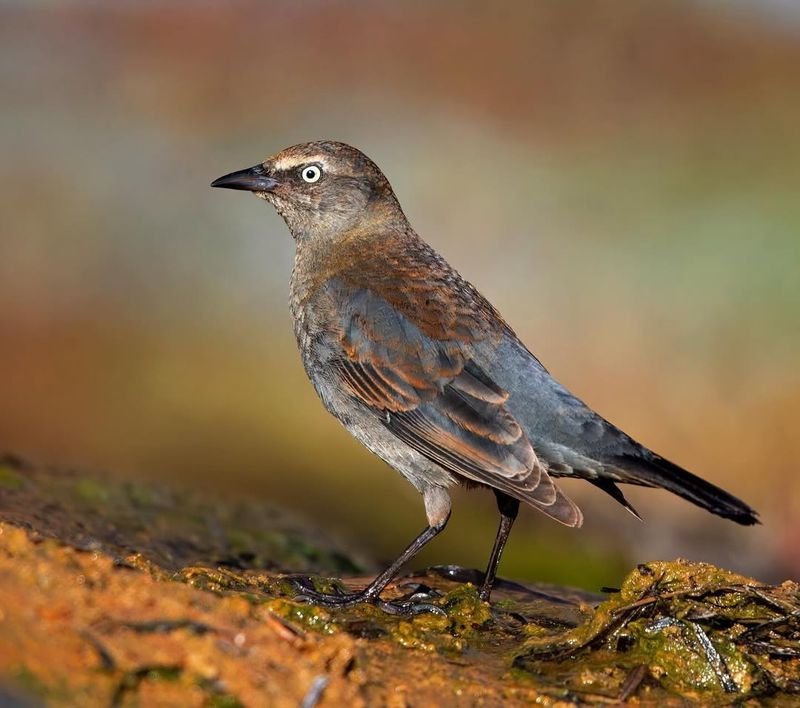
Rusty Blackbirds, once common in wetlands and bogs, are rapidly declining. Habitat destruction and climate change are the main threats.
These birds depend on specific wetland habitats, which are drying up or being converted for agriculture. Changes in water levels and temperatures further stress their populations.
Wetland conservation and restoration, along with climate change mitigation, are essential to help these birds rebound.
12. Evening Grosbeak
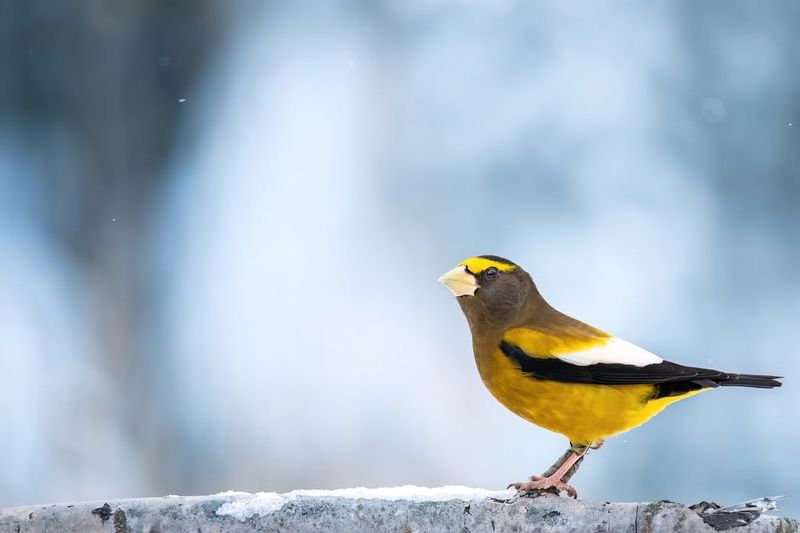
The Evening Grosbeak, with its bold colors and large bill, is becoming less frequent at winter feeders. Logging and disease have impacted its population.
This bird relies on coniferous forests, which are dwindling due to logging. Additionally, outbreaks of disease, like salmonellosis, have taken a toll.
Conserving forest habitats and monitoring bird health can assist in maintaining their presence in our winter landscapes.
13. Lesser Yellowlegs
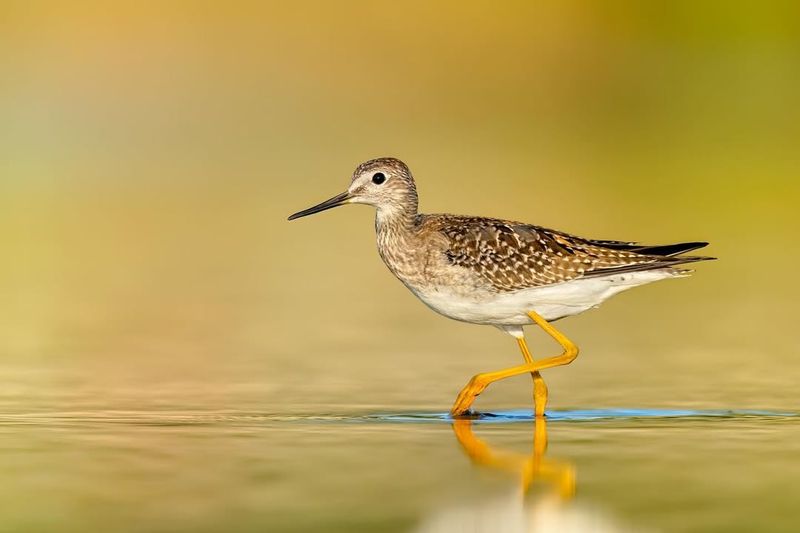
With their long legs and probing beaks, Lesser Yellowlegs are experiencing pressures from habitat loss and environmental pollution.
These shorebirds rely on wetlands during migration, which are disappearing due to development and pollution. Changes in water quality and availability further affect their survival.
Protecting and restoring wetlands globally is crucial for supporting their migratory journeys.
14. Western Grebe
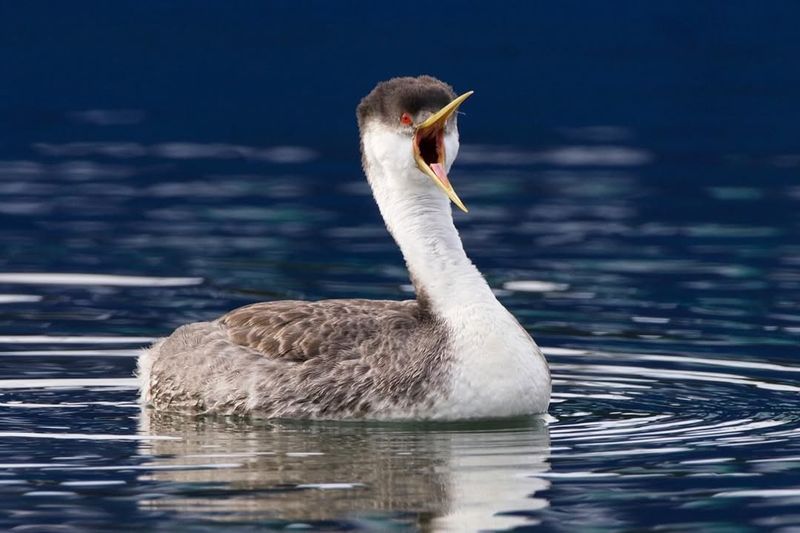
The Western Grebe’s dramatic courtship dances are under threat as their habitats are altered. Pollution and water management practices impact their breeding grounds.
These birds need clear, open water for their displays, which are affected by pollution and disturbance. Changes in water levels due to human activity also pose challenges.
Efforts to clean and maintain waterways can help preserve their unique displays and ensure their populations remain vibrant.

